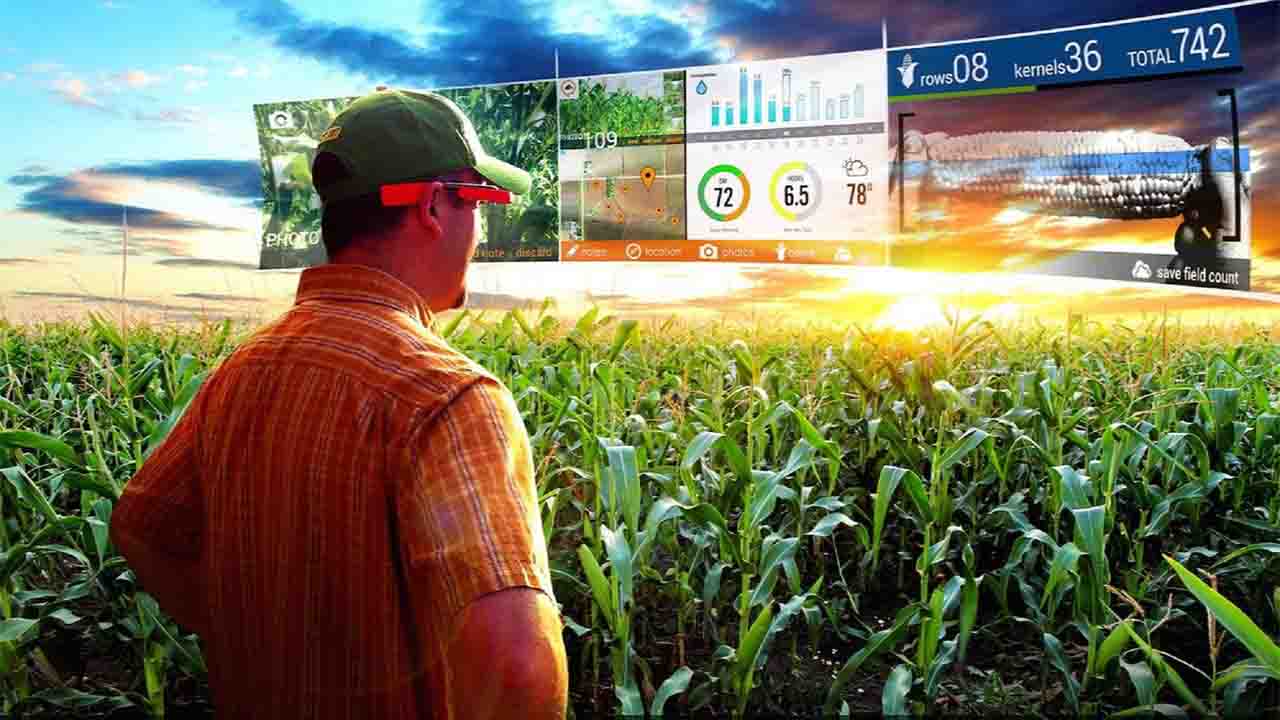In recent years, the field of agriculture has experienced a revolutionary transformation due to the rapid advancements in technology. One of the most significant developments that has had a profound impact on the industry is the emergence of big data analytics. Big data refers to the vast amount of information generated from various sources, including sensors, satellites, machinery, weather stations, and crop monitoring systems. When harnessed effectively, big data has the potential to revolutionize agriculture by enabling farmers, researchers, and policymakers to make informed decisions, optimize productivity, minimize environmental impact, and ensure global food security.
Data Collection and Integration
To harness the power of big data in agriculture, the first crucial step is collecting and integrating data from multiple sources. This involves deploying sensors, satellites, and other monitoring devices in fields to capture data on soil moisture, temperature, humidity, nutrient levels, and crop health. Remote sensing technologies, such as aerial imagery and drones, provide high-resolution data for monitoring plant growth and detecting anomalies. Farmers can also use GPS-enabled machinery and equipment to collect data on field operations, such as seeding, fertilizing, and harvesting.
Furthermore, data from external sources, such as weather forecasts, market trends, and commodity prices, can be integrated into the agricultural data ecosystem. The integration of diverse datasets enables a comprehensive understanding of the agricultural landscape, facilitating informed decision-making.
Data Storage and Management
Once collected, the massive volume of agricultural data needs to be stored, managed, and processed efficiently. Cloud computing platforms offer scalable and cost-effective solutions for storing and analyzing big data. These platforms provide the computational power and storage capacity required to process and extract meaningful insights from vast datasets. Farmers, researchers, and other stakeholders can access the data from anywhere, anytime, using connected devices, fostering collaboration and knowledge sharing.
Data Analysis and Decision-Making
The real value of big data in agriculture lies in its analysis. Advanced analytics techniques, including machine learning, artificial intelligence, and predictive modeling, can extract valuable patterns, correlations, and trends from the data. Machine learning algorithms can analyze historical data to predict future crop yields, optimize irrigation schedules, identify disease outbreaks, and recommend optimal fertilizer application rates.
Furthermore, data-driven decision support systems enable farmers to make informed choices regarding crop selection, pest control, and resource allocation. For example, by analyzing historical weather patterns and crop performance data, farmers can optimize their planting schedules, choosing the most suitable crops for specific climate conditions and maximizing yield potential.
Precision Agriculture and Resource Optimization
Big data analytics facilitates the implementation of precision agriculture techniques, which involve applying inputs, such as water, fertilizers, and pesticides, precisely where and when they are needed. By leveraging real-time data on soil conditions, weather forecasts, and crop health, farmers can precisely target their interventions, minimizing waste and reducing environmental impact. This data-driven approach optimizes resource allocation, enhances crop quality, and improves overall productivity.
Risk Management and Sustainability
Big data analytics also plays a critical role in managing risks and ensuring the sustainability of agricultural practices. By analyzing historical and real-time data, farmers can identify potential risks, such as pest outbreaks, diseases, or extreme weather events, and take proactive measures to mitigate them. Early warning systems can alert farmers to impending threats, enabling them to implement appropriate strategies, such as applying preventive treatments or adjusting planting schedules.
Moreover, big data analytics facilitates sustainable farming practices by promoting efficient water management, reducing chemical inputs, and minimizing soil erosion. By monitoring soil moisture levels, farmers can optimize irrigation practices and reduce water wastage. Similarly, by analyzing data on nutrient levels, farmers can apply fertilizers in a targeted manner, minimizing runoff and water pollution.








